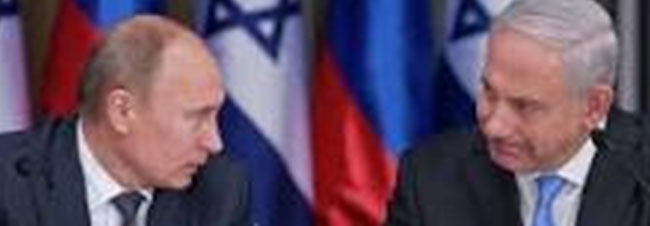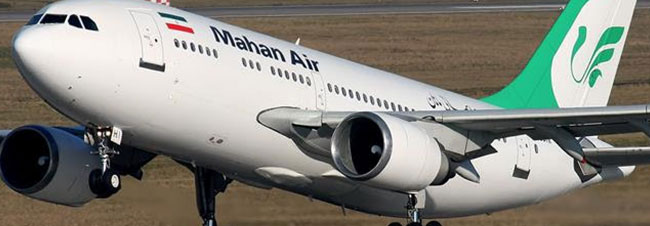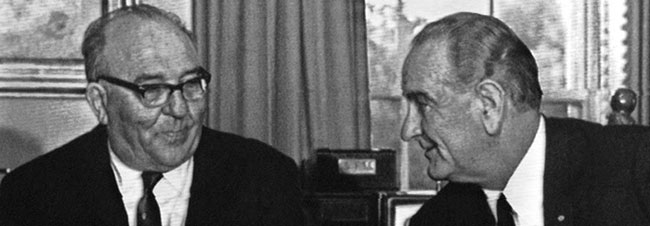In Syria, an ancient game is being played – with people, countries and strategic goals as pawns. Continue reading
NO AIRCRAFT FOR IRAN!
Yesterday, Rep. Roskam spoke with Neil Cavuto on Fox News and Fox Business about the risks posed by selling aircraft to Iran. On Tuesday, Rep. Roskam sent a letter with Sen. Marco Rubio (R-FL) urging President Donald J. Trump to suspend the sale of aircraft to Iran until Iran ceases using commercial aircraft for military and terrorism-related purposes. Please see the press release on this letter here and the clip of Rep. Roskam’s appearance on Fox News below. Continue reading
Helen Freedman: Debating Settlements and Solutions on JBS TV
Have a Meaningful Passover
After a whirlwind couple of months, and with Passover just a few days away, it is a good time to catch our breaths and reflect on what has recently transpired and on how quickly events are developing. Here is just a smattering of recent current events: Continue reading
Recent Chemical Attacks In Syria: Who, If Anyone, Will Take Action?
US Ambassador to the UN, Nikki Haley, holding photos of gassed children in Syria.
There have been reports of two chemical attacks in Syria during the past few days; the most recent yesterday. The first, reportedly with sarin gas killed approximately 100 people including many children. The second attack is believed to have used chlorine gas. The impact of the second attack is still undetermined as of this writing. Continue reading
What Is Donald Trump Going To Do?
The Boeing 737 MAX aircraft, which Boeing wants to sell to Iran
Israel’s Northern Front: A Large And Growing Threat
June, 1967: From The Depths To The Heights
Levi Eshkol, Israeli Prime Minister during the Six-Day War, with US President Lyndon Johnson
The LBJ Presidential Library was one of the sponsors at the 92nd Street Y on Sunday, April 2, 2017, of a three hour symposium entitled, THE SIX DAY WAR: A Fifty Year Retrospective. AFSI members attended the Symposium to get a handle on the larger context of the war which transformed Israeli society permanently. Although always thinking of the miraculous victories of those six days in June, when Israel regained Jerusalem, the Golan Heights, and Judea and Samaria, in terms of the enormous significance of those events for Israel, it is easy to forget the general context as it existed in the U.S. Continue reading
Reality
On Wednesday we posted a piece about President Trump, the “art” of a Middle East peace deal, and the illogic and disastrous idea of establishing an Arab state within the boundaries of the Land of Israel. The piece contained links to two very significant polls taken recently of Israeli attitudes toward giving up land in Judea and Samaria, and the establishment of an Arab state there. Continue reading
Deny Terror Supporter Jibril Rajoub Entry Into The United States
Palestinian Media Watch (PMW) and American families of Palestinian terror victims, have initiated a call to the US government to deny entry into the US to Jibril Rajoub, the Fatah Central Committee Secretary: Continue reading









